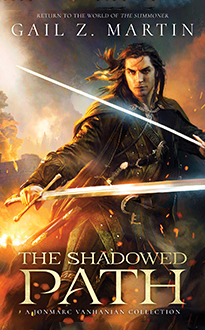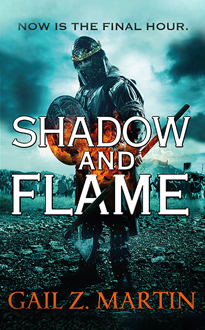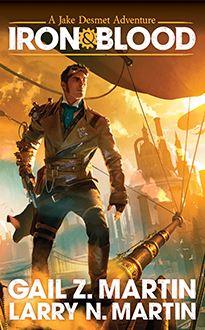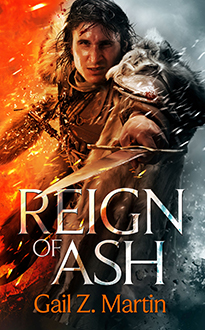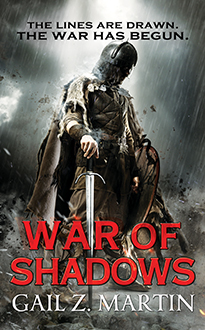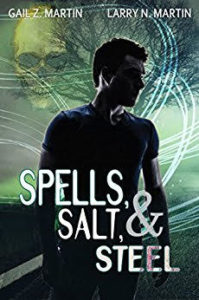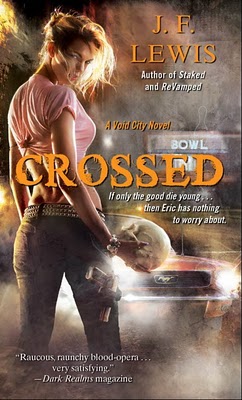 Posted to the wall of my office are seven green post-it notes. I put them there in 2007 while working on the revised draft of Staked (then called Welcome to the Void). In my last post, I think I wrote that the second post-it note didn’t really apply anymore. I lied.
Posted to the wall of my office are seven green post-it notes. I put them there in 2007 while working on the revised draft of Staked (then called Welcome to the Void). In my last post, I think I wrote that the second post-it note didn’t really apply anymore. I lied.
Little Green Note number two:
2) More Roger.
Okay, so I didn’t really lie exactly, I clarified and hemmed and hawed a bit. Roger’s gone, but the note still applies. In fact, my second little green note can be the difference between engaging fiction or lifeless crap. In the initial draft of Staked, the reader barely met Roger (Spoiler Alert: He’s the bad guy).
Roger was thought to be dead very early on (in one draft, it was Roger who died in the first sentence) and only shows up again only for the “big confrontation” at the end. Where’s the fun in that? Roger is not only a particularly backstabbing villain, he also used to be Eric’s (the protagonist’s) best friend. In the rewrites, I added whole chapters that existed just to let the reader see more of Roger, so that when the “big confrontation” occurred, it meant more.
Of course, going forward the note can be read differently: Let the reader see the villain. Villains are fun. They strut. They say great and horrible things. The more we understand them, the better. If we know that the antagonist wants to kill the protagonist not just “because” but for reasons we might even understand… Well, that works better. That pops. And more importantly, it rings true.
Though villainous, when Lord Phil shows up in Staked, he seems to be clearly on Eric’s side. As he shows up more and more in ReVamped and in Crossed (which was officially released today, I might add), the reader slowly gets to see how dangerous and twisted good old “Uncle Phil” actually is and how his antics aren’t limited to having a creepy vibe and ungentlemanly bedroom habits.
Of course, another great thing about showing the villain interacting with the hero (or even the anti-hero) is how great the Protagonist looks when compared to them. Good villains provide the reader and opportunity to explain away the hero’s bad traits with thoughts like: Sure, Eric kills people, but only to eat and, besides, he makes it quick. Those other vampires play with their food. And Eric never hurts children or forces himself on his prey. And he’s been hunting less and less lately. And look how nice he is to his little girl!
If the readers know the person the main character is sinking his fangs into is the bad guy, then by default, that makes the main character the good guy, whether he’s all that “good” or not.


